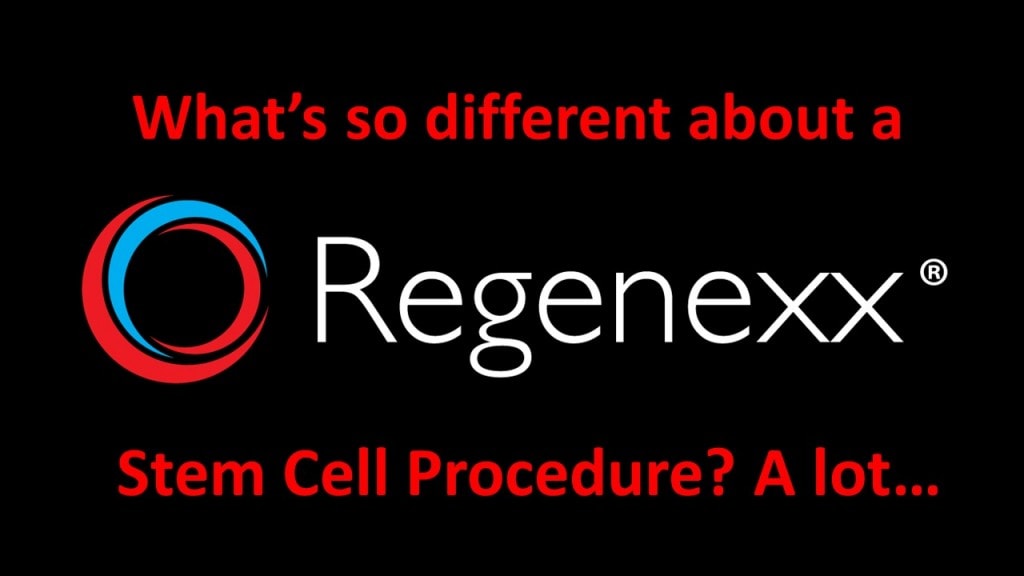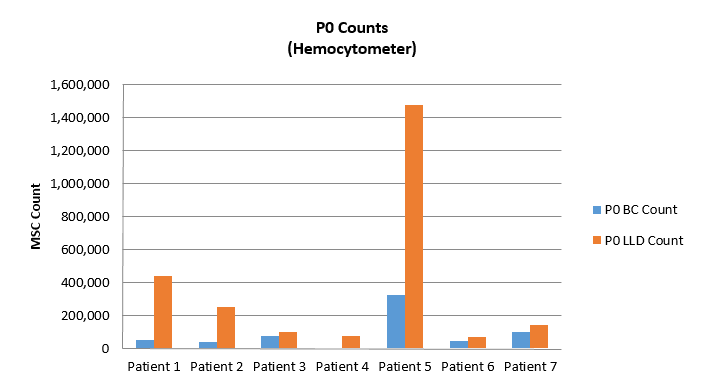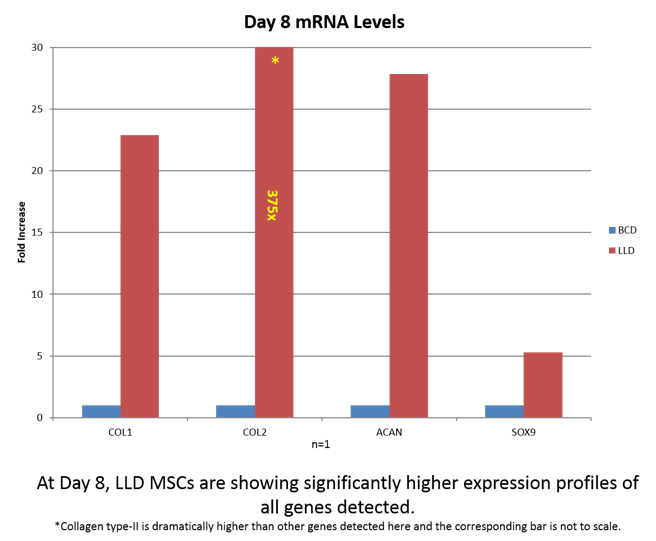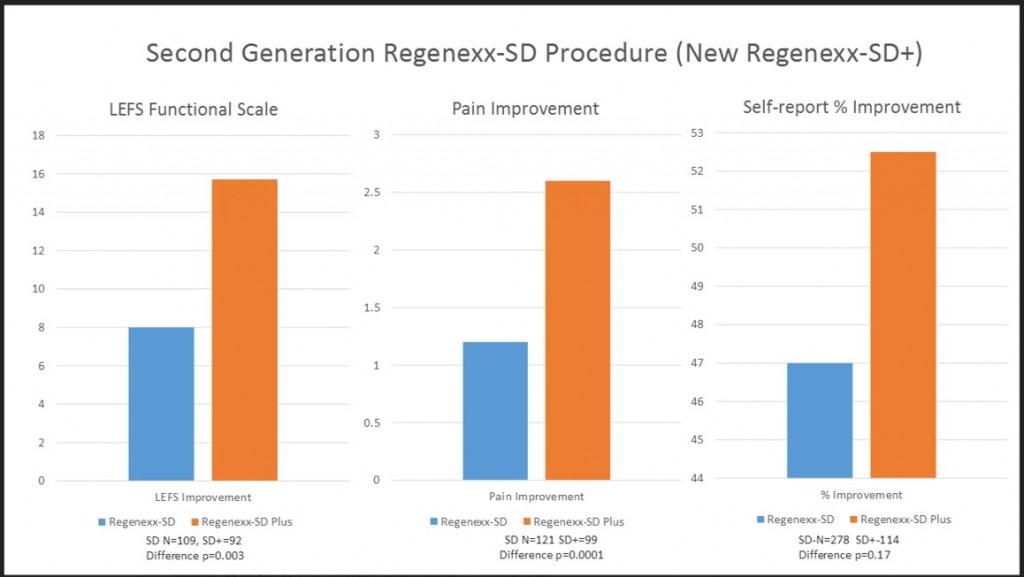What Makes the Regenexx Same Day Procedure Different?

We’ve been pioneering this field of stem cells used to treat orthopedic problems since 2005. In that time, we’ve made several advancements to keep us way ahead of the pack. One of those advancements is our unique way of processing bone marrow aspirate for our Regenexx Same Day Stem Cell Procedure.
What is a bone marrow aspirate? The link will explain this in detail.
Almost all physicians who use bone marrow concentrate (a same day stem cell injection procedure) utilize automated bedside centrifuges to process the bone marrow aspirate (BMA) sample. The goal of this processing is to concentrate the stem cell containing fraction of the aspirate. The resulting mix of cells of that process is called “bone marrow concentrate” (BMC).
All automated machines use the same basic process to concentrate BMC—they capture the “buffy coat” with varying levels of efficiency. The buffy coat is a small, gray in color, middle layer that appears after the BMC has been centrifuged. Given changes in each patient’s hydration and hematocrit levels, it’s not hard to see that this layer may appear at differing heights in different patients.
Most of the automated bedside machines in use today account for this inter-patient variation by taking a large cut of sample above and below the buffy coat, reducing the total BMA volume from 60 cc to approximately 10 cc. Given that the size of the buffy coat in a 60 ml sample is usually 1–2 cc, this creates a concentration problem (i.e., 1–2 cc of active ingredient diluted in 10 cc). When the Regenexx group medical practice first began, our focus was also on capturing this layer. However, manually processing this layer in a laminar flow hood in a medical practice resulted in much higher concentrations, as the usual dilution we could accomplish was 1–2 ml of active buffy coat in approximately 3 ml of total BMC. Hence, what all that means is that the first version of our process was more advanced than automated bedside units because it produced an injectate with 3–4 times the concentration of the buffy coat active ingredient, over automated bedside systems.
In 2012, our group medical practice asked the question of whether it was possible to increase mesenchymal stem cell (MSC) levels even higher. We were able to find a second source of MSCs in Bone Marrow Aspirate that was being discarded. This is a proprietary discovery that is the subject of a patent application, so I will describe it with that in mind.

In addition, other studies performed in our Regenexx lab found that the MSCs in the LLD

The upshot? What we do at Regenexx can’t be replicated by the doctors using bedside machines for processing your bone marrow. It’s unique!

If you have questions or comments about this blog post, please email us at [email protected]
NOTE: This blog post provides general information to help the reader better understand regenerative medicine, musculoskeletal health, and related subjects. All content provided in this blog, website, or any linked materials, including text, graphics, images, patient profiles, outcomes, and information, are not intended and should not be considered or used as a substitute for medical advice, diagnosis, or treatment. Please always consult with a professional and certified healthcare provider to discuss if a treatment is right for you.